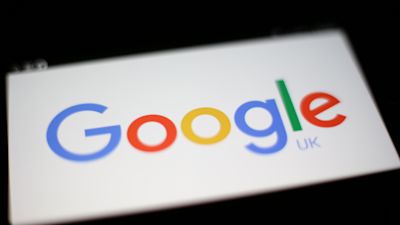Google announces plans to build undersea data cable between Cornwall and USA

Tech giant Google has announced plans to install a giant undersea cable connecting Cornwall with the USA and Spain.
The company aims to meet ever-growing internet connectivity demands and improve some of its services - including the video communication platform Meet.
The cable, named after computer science pioneer Grace Hopper, is one of the company's first new cables to connect the UK with the United States since 2003.
It will stretch from New York to Bude and Bilbao in northern Spain, with an expected completion date of 2022.
Twitter encouraging all staff to work from home to prevent spread of coronavirus
Apple and Google to tell you if you've been exposed to coronavirus
Grace Hopper will join Curie, Dunant and Equiano along the ocean floor, which are the other hidden undersea cables owned by Google.
You may not know it, but 98% of the world's internet activity comes from the vast network of cables installed under the water.
In an age of social distancing because of the coronavirus crisis, reliable internet speeds are more important than ever for keeping people connected.
Global communication - how does it work and when it start?
Believe it or not, it is understood the Victorians were the pioneers of submarine connectivity. The world's first telegraph cable across the English Channel between the UK and France was installed in 1850.
By 1858, the first transatlantic submarine cable was laid between Ireland and Canada.
Queen Victoria and US President James Buchanan became the first heads of state to exchange greetings via the cable - although speeds were not quite as they are now, and it is thought the 99-word message took nearly 18 hours to reach the US.
Since the 1980s underwater telecommunication cables have been made using fibre optics and there are now hundreds housed under the sea.
The West Country plays a pivotal role in keeping the world connected too, with many from the US plugged into Cornwall.
How are the cables laid?
They are installed up to 8,000 metres below sea level and meticulous planning is required to make sure the impact on the environment is as small as possible.
Ships transport the huge reels of cable, which are then buried in the ocean bed using a plough.
It is not uncommon for the cables undersea to get damaged by natural events like earthquakes. In the UK it is more likely to see damage caused by commercial fishing trawlers or ships' anchors.
Why underwater?
To put it simply, underwater cables can transmit more data and they are cheaper.
Google is not the only company to operate its own monopoly under the sea - Microsoft, Facebook and Amazon are all big players too.
READ MORE: